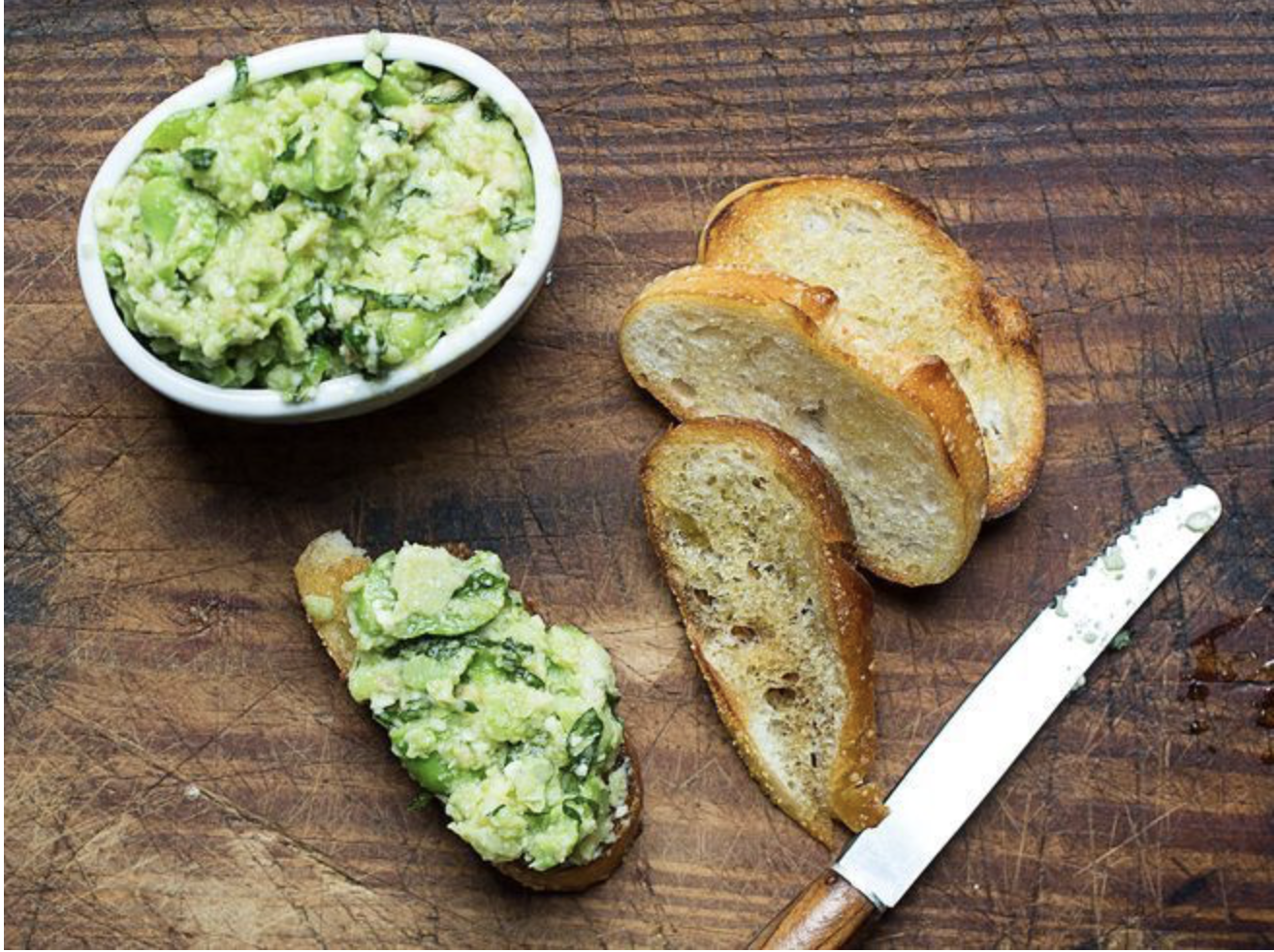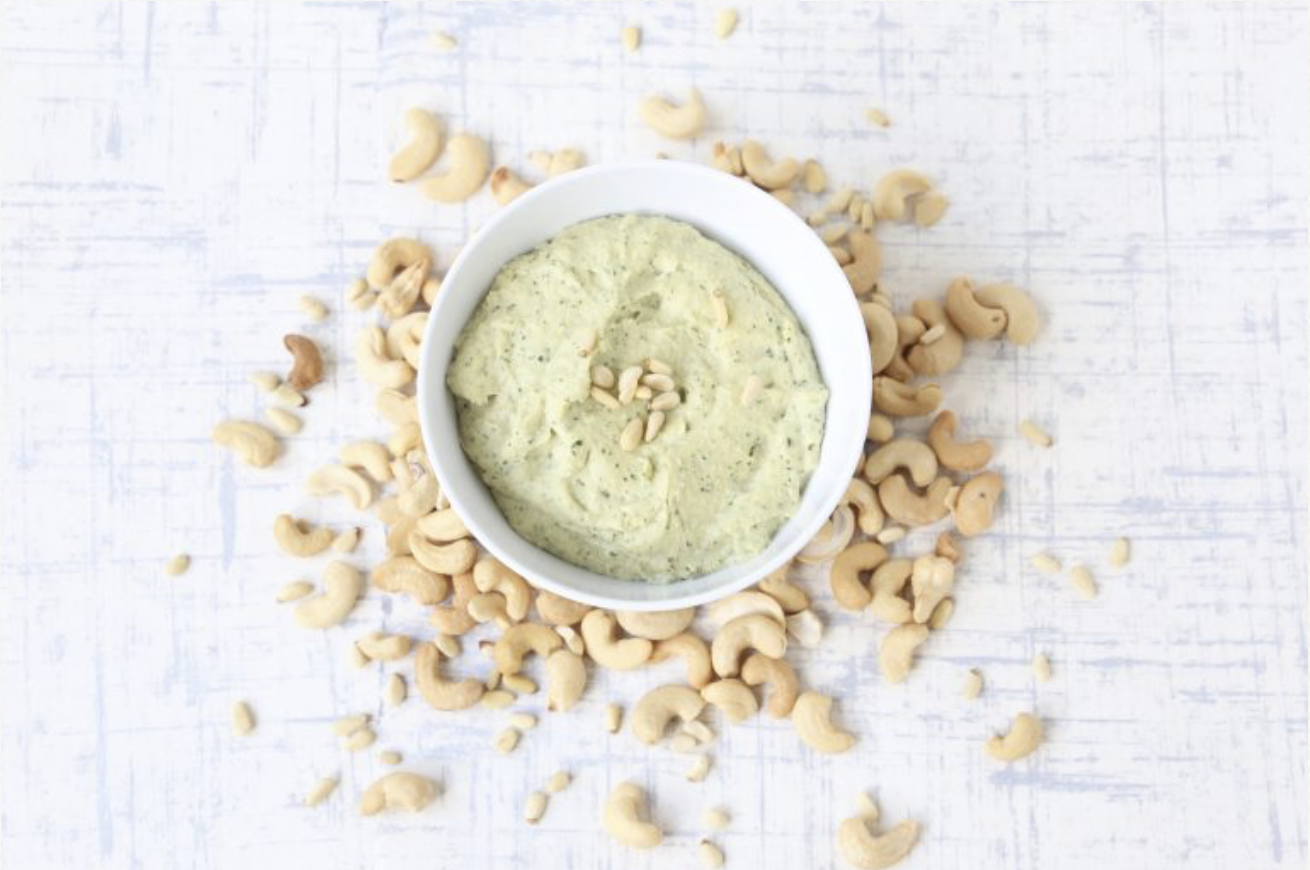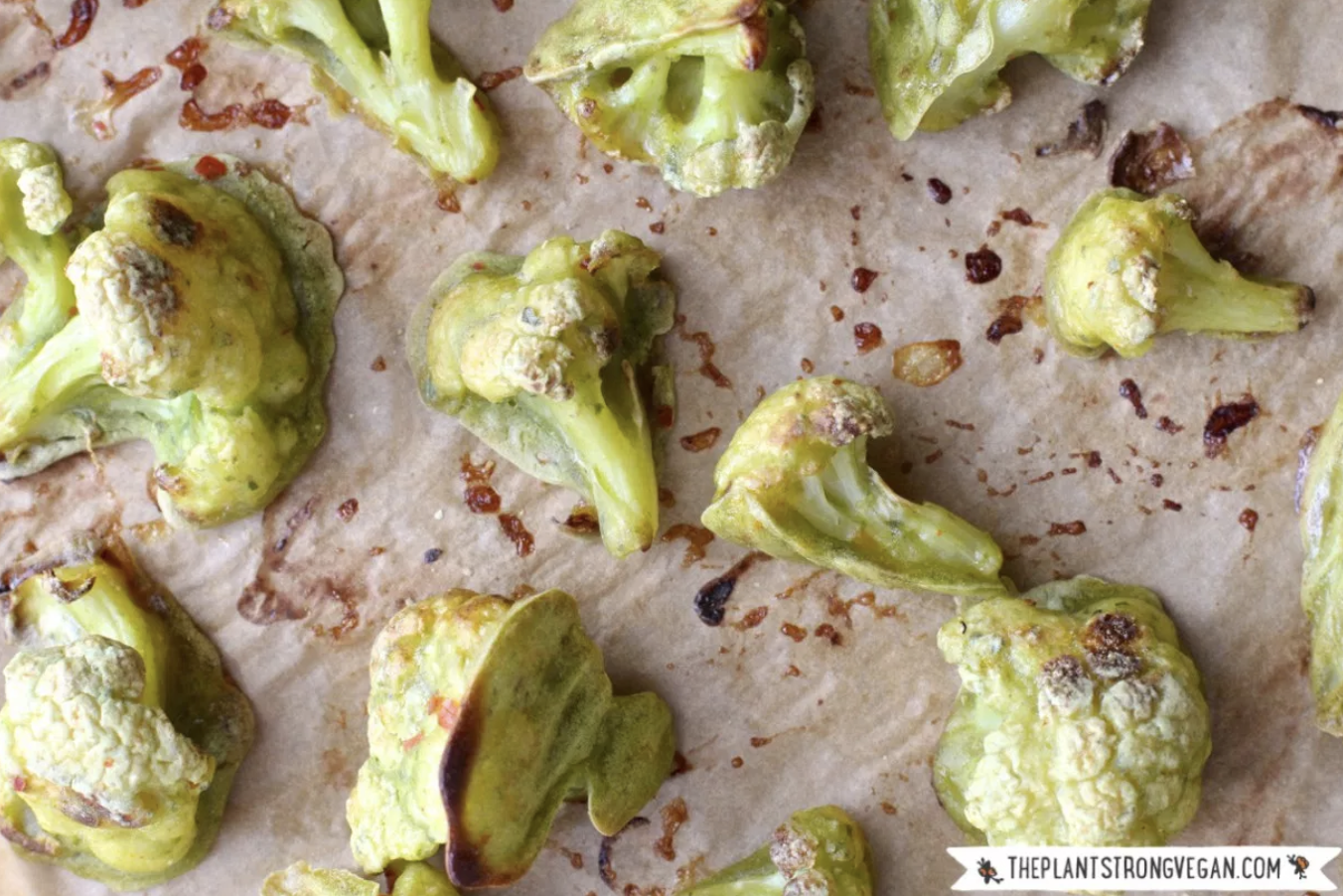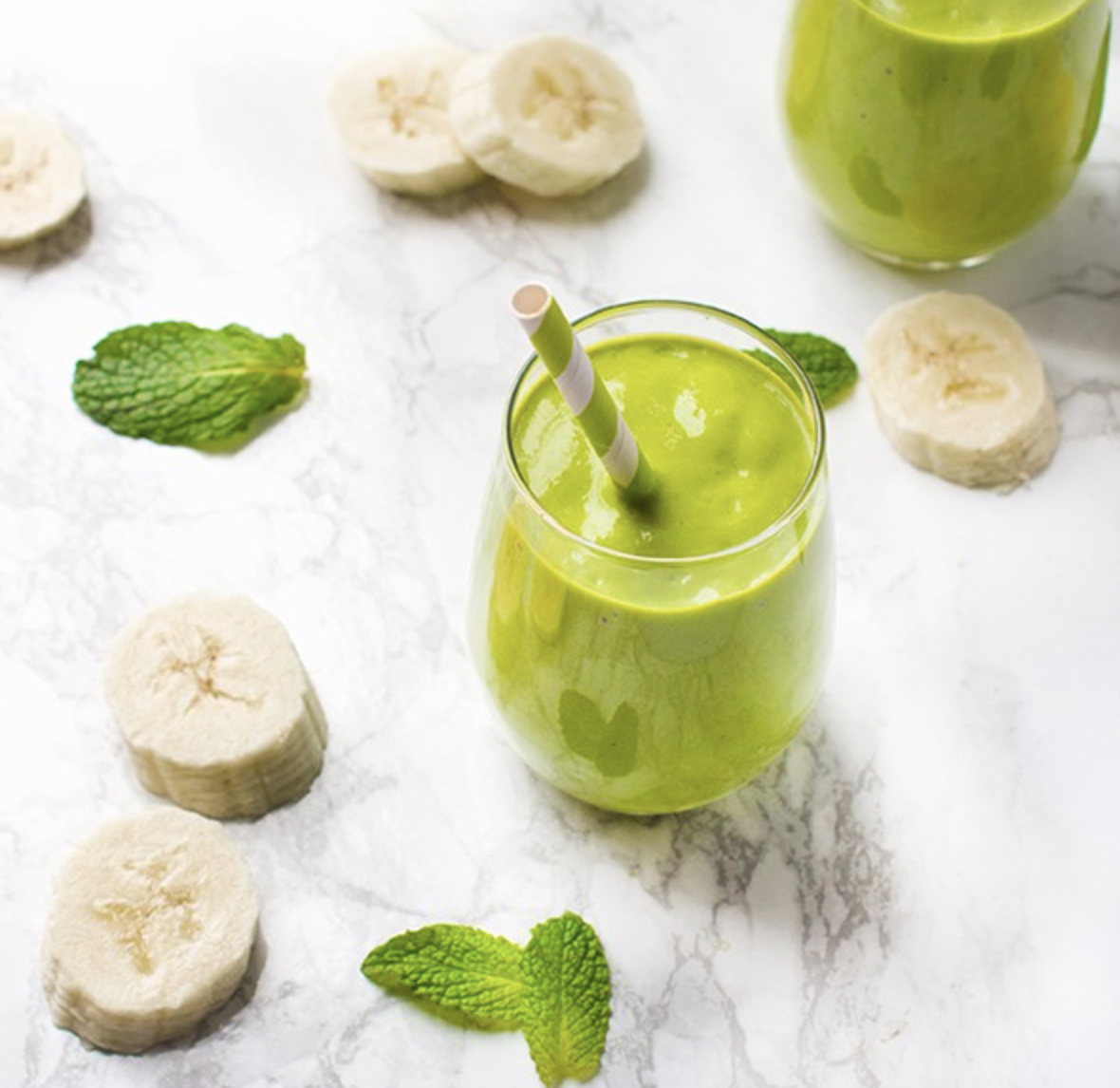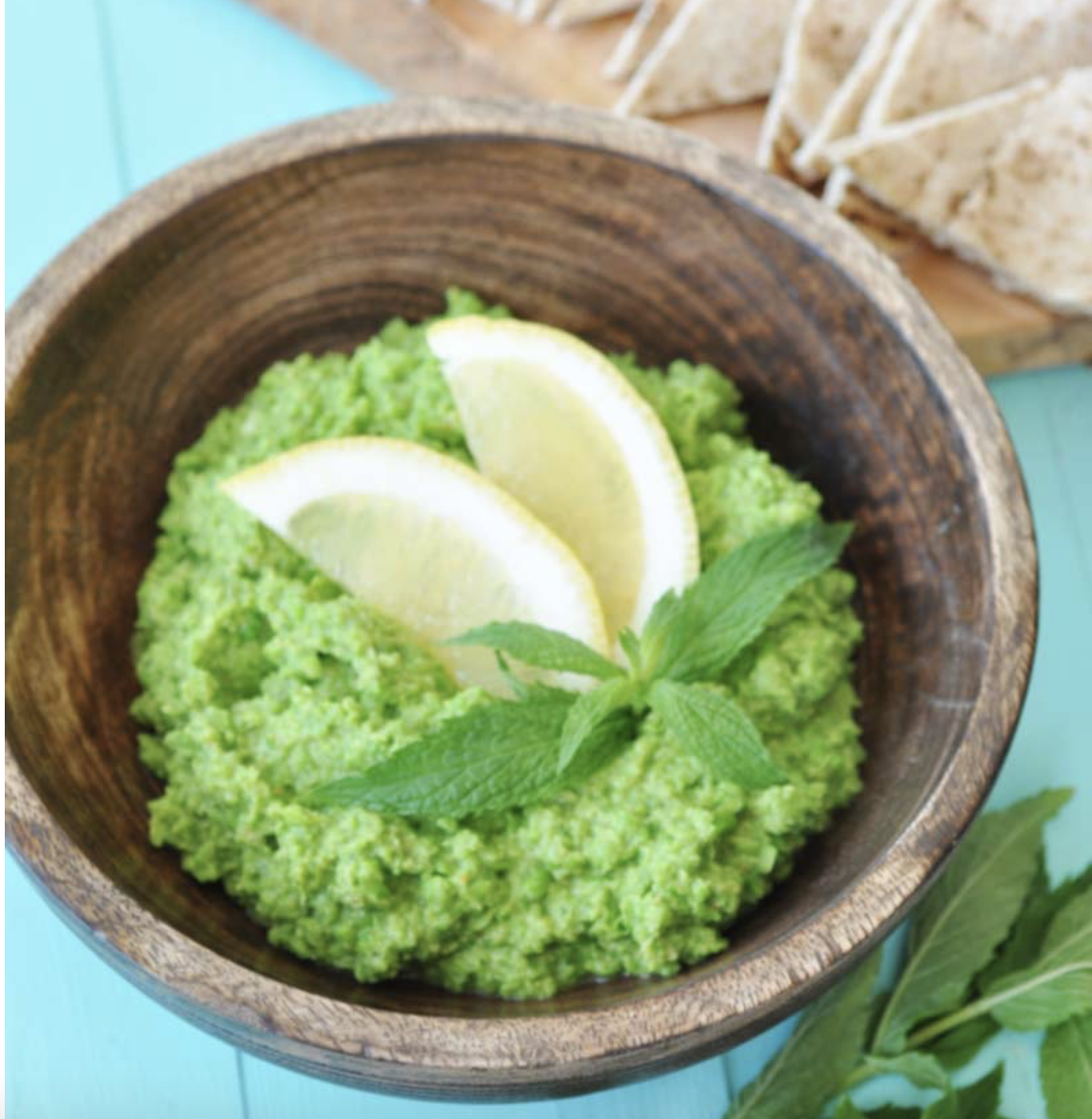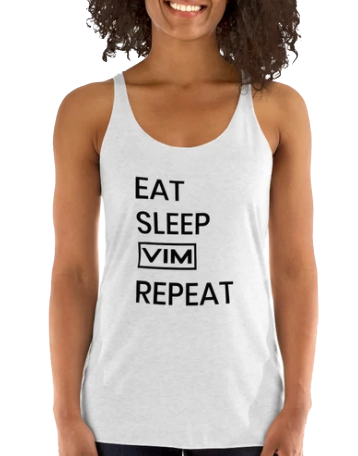To be successful at anything requires a plan, and that includes eating right!
Without a meal plan, it’s a whole lot easier to order take-out trap again… only to realize you made dinner once this week, and it was or cereal.
Use the weekend to your advantage and plan your meals for the week ahead of time. There’s no one way to do it, and you definitely don’t have to be super strict about it 100% of the time. But even if you just plan a few dinner and snack options, you’ll be on track to a healthier lifestyle!
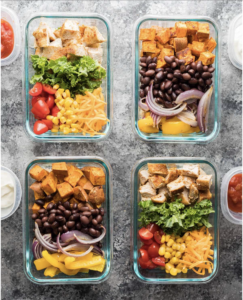 Map out your meals for the week
Map out your meals for the week
If you’re new to meal planning, you might want to start small by just planning out one type of meal for the week, such as breakfast. Once you master it, add another meal to the plan. Try setting aside 10 minutes on Friday afternoon or evening to map out the coming week. When planning your meals, consider the following:
- Look at your calendar. Do you have a lunch meeting on Monday? Are you meeting friends for dinner Thursday? You can subtract those meals from the weekly meal plan so you know how many meals you really need to make.
- What kind of meals do you enjoy eating? If it’s cold out, consider making soup or roasted veggies. You want to have food around that you actually want to eat! If you can, think about what foods are in season and use one or two of them as the base for your meal.
- Spend a little time each week going through your recipes or searching new ones online or on social media. I recommend this website! Just keep in mind your cooking strengths and how much time you have for cooking!
- If you’re lacking inspiration, consider theme nights! It could be Meatless Monday, Taco Tuesday, Breakfast for Dinner, Pasta Night, leftovers… whatever you like. Sticking to a theme can make coming up with meals a lot simpler.
- Check your pantry, freezer and refrigerator for inspiration. Is there some baby bok choy in the produce drawer just waiting to be used up? Great, then make a stir-fry. How about that can of black beans in the pantry and the chicken thighs in the freezer? Sounds like ingredients for Taco Tuesday!
Go Shopping (Saturday)!
Now that you know what you’re going to eat, make a list! Check your fridge and pantry to see what you already have, then make a list of anything else you need. That will also reduce the chance of impulse buying or wandering aimlessly around the market looking for some inspiration. Go through your spice and seasoning drawer to purchase or replace any old spices, except for salt and pepper (if your spices are over one year old, it’s time to replace them). Seasoned food just tastes better!
If you can, try to stop by your local farmers’ market. If you you’re pressed for time, make a one-stop trip to the grocery store. Shop in the morning to avoid busy grocery store lines in the afternoon and early evening.
Also, make sure to go through your cabinet full of containers to make sure you have enough food storage for the week. You might want to consider purchasing a new set of stackable containers.
Prep Time (Sunday)
Part of meal prep is deciding if you want to make everything for the whole week, prep some of the meals, or just chop up veggies and organize ingredients to be cooked fresh on the night you want a particular recipe. Many people like to get it all done on Sunday so all you need to do each night is microwave it. It will take a little more time out of your Sunday, but you’ll spend less time in the kitchen the rest of your week. Here are some prep tips!
Consider cooking double batches of recipes and freezing half, which you can then take out in a few weeks and reheat.
Sheet-pan meals are ideal if you want little to no clean-up. Just line a sheet pan with aluminum foil and load it up with veggies and a protein. Season and bake in the oven until done. When cool, load it into containers and recycle the foil. No clean-up!
One-pot meals are another great way to cook with little clean-up. Sauté your veggies in some heart-healthy oil, add brown rice or quinoa, your protein of choice, broth, and seasonings and then cover with a lid and simmer until done.
Use your slow-cooker to make soups, chili or stews. You can load up the slow-cooker in the morning before you leave and set it to cook on LOW for 8-10 hours. When you get home, all you have to do is serve. Make extra so leftovers can be enjoyed for days to come.
Sample Meal Plan
Breakfast: frittata (for Monday, Wednesday and Friday) and smoothie (Tuesday, Thursday)
Lunch: Leftovers from last night’s dinner for lunch. You can turn it into a sandwich, mix and match, or just eat it exactly the same as before!
Dinner:
- Meatless Monday—vegetarian chili
- Taco Tuesday—chicken, black beans, shredded lettuce, salsa, guacamole/avocado and mini corn tortillas
- Breakfast-for-Dinner Wednesday—scrambled eggs topped with salsa, toast and fruit
- Crock-pot Thursday—simmer chicken thighs with 1 cup frozen organic corn, 1 can black beans, 1 container fresh salsa, cumin, chili powder, smoked paprika and broth. Cook on LOW for 8-10 hours, then shred chicken and mix everything together. Top with a dollop of plain Greek yogurt or sour cream.
- Pizza Friday—buy a store-bought whole grain crust or make your own crust and top with marinara or homemade pesto, parmesan cheese and whatever veggies you have on hand. Bake until cheese is melted and crust is crunchy.
Snacks (optional): prepare snack-size baggies with mixed nuts or make containers of chopped veggies and hummus. You could even bake your favorite banana bread recipe and cut it into single servings for dessert every night!
Once you get the hang of it, using your weekend to plan and prep your meals for the week will save you time, money and stress. That means more time to enjoy your meals, squeeze in that workout after work, or just relax with friends and family!
Blog post written by Trainer, Sarah Oliver
VIM is now offering nutrition services with Trainer & Nutrition Coach, Christine Galvin!
Click below to find out how you can benefit from 1 on 1 Nutrition Coaching!
[button link=”https://vimfitness.com/nutrition/” text=”LEARN MORE” color=”green” size=”large” fullwidth=”true”]

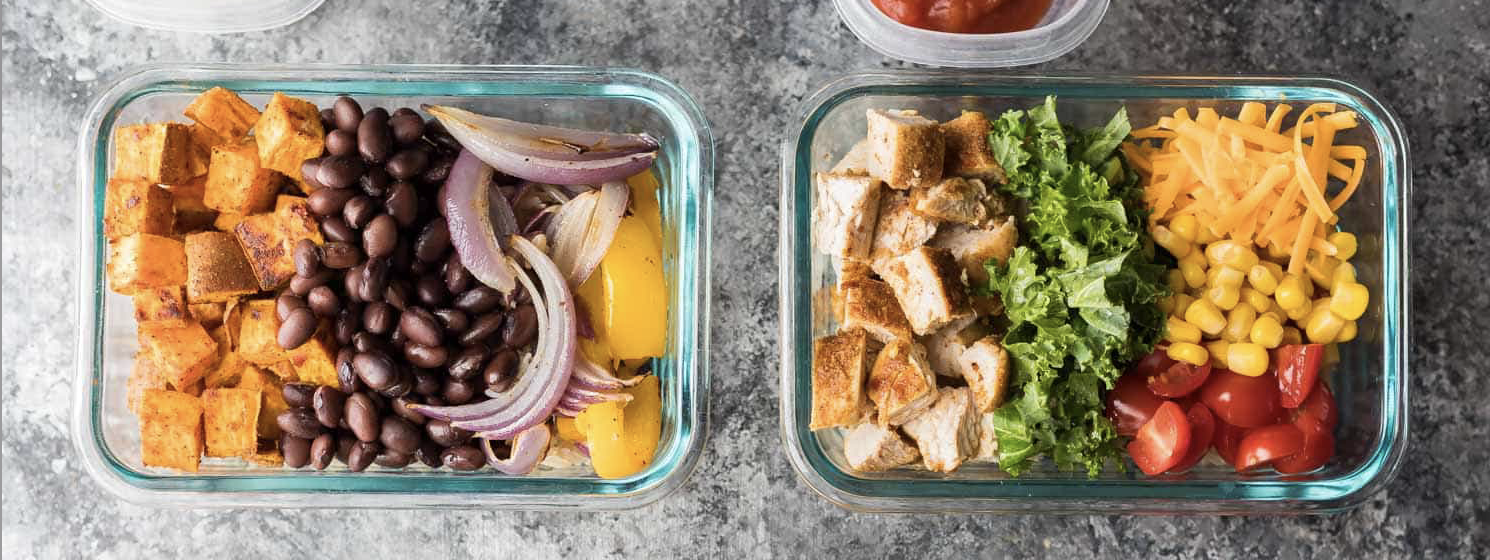

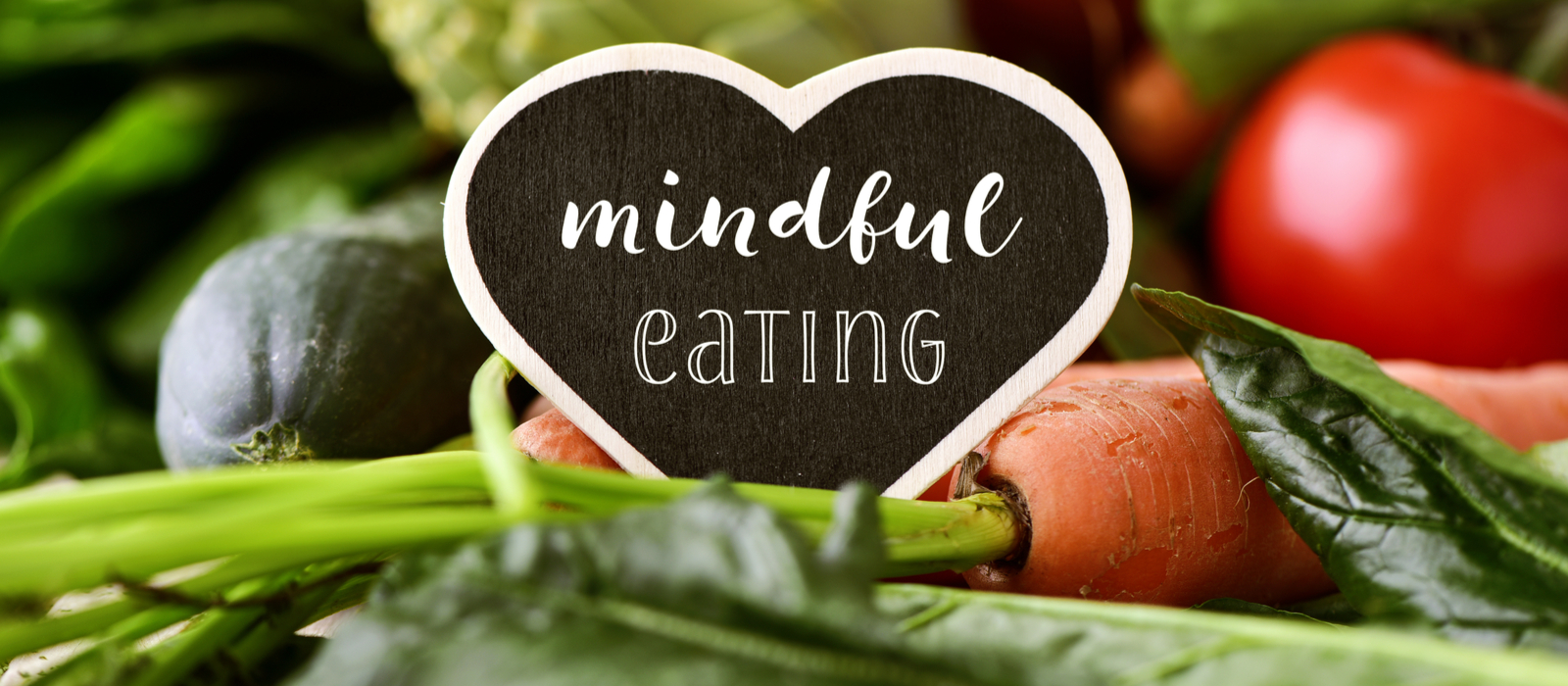
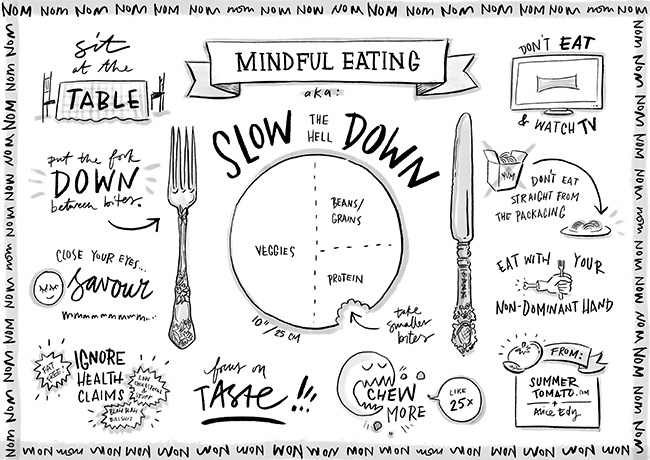
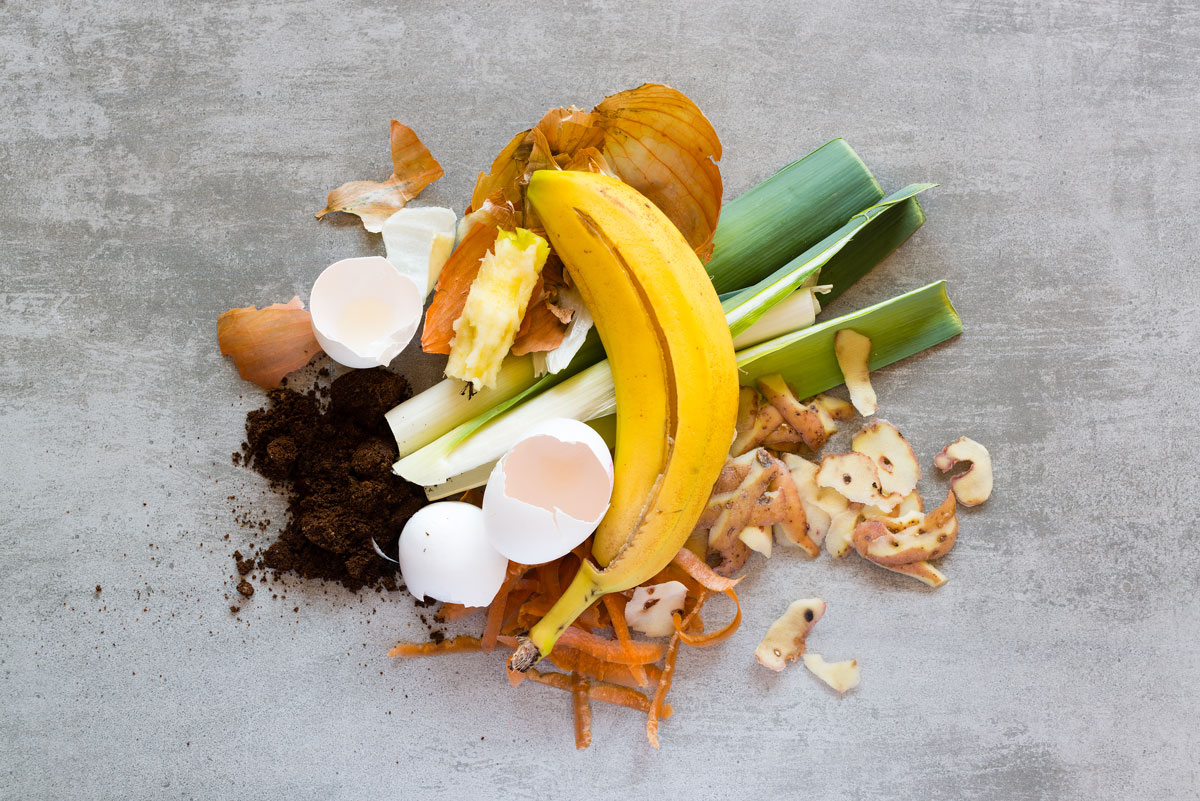
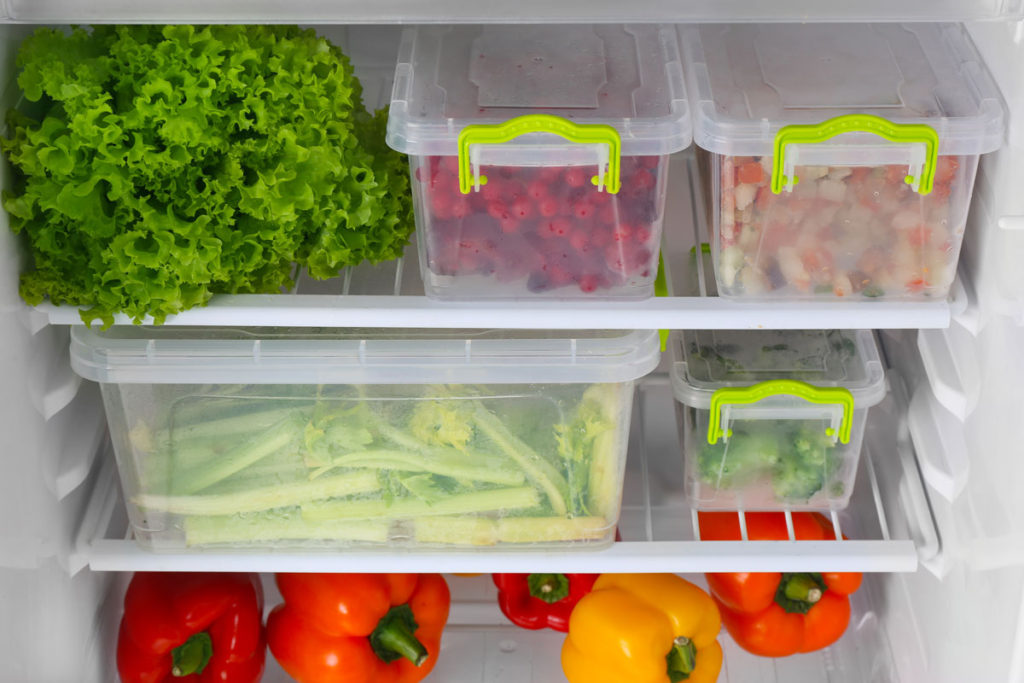 Store Properly:
Store Properly: